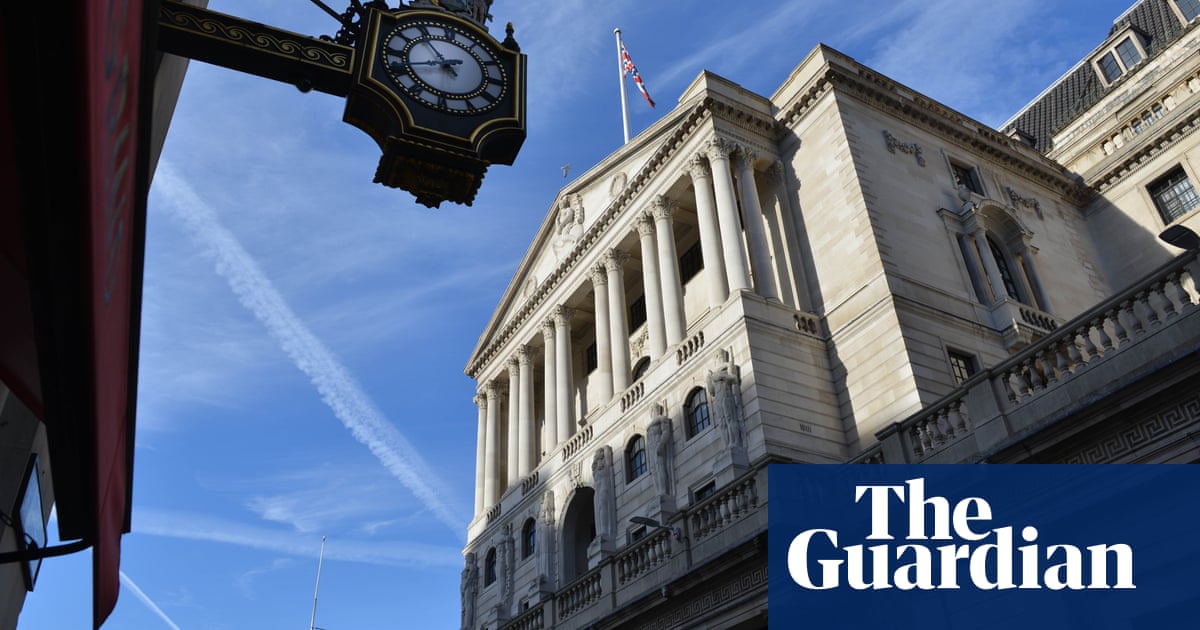
Earth could lose more than a tenth of its plant and animal species by the end of the century on current trends, according to new research which comes as nearly 3,000 scientists call for action from governments to stop the destruction of nature in the final days of negotiations at Cop15.
The climate crisis will drive an accelerating cascade of extinctions in the coming decades, as predators lose their prey, parasites lose their hosts, and temperature rises fracture Earth’s web of life, according to the researchers, who warn of the risk of co-extinctions in a paper published on Friday in Science Advances.
From leaf frogs to basking sharks, the extinction risk of plants and animals is typically monitored on the IUCN red list, where scientists have published their analysis on threats to more than 150,388 species, finding that more than 42,000 could go extinct, often due to human behaviour.
However, the new research has used a supercomputer to model a synthetic Earth complete with virtual species to understand the effect global heating and land use change could have on the web of life. The researchers say 6% of plants and animals will disappear by 2050 in a middle of the road emissions scenario, which the world appears to be heading for, rising to 13% by the end of the century. In the worst case scenario of global heating, they estimate 27% of plants and animals could disappear by 2100.
“We have populated a virtual world from the ground up and mapped the resulting fate of thousands of species across the globe to determine the likelihood of real-world tipping points,” said Dr Giovanni Strona, a co-author and a scientist at the University of Helsinki.
“This study is unique because it accounts also for the secondary effect on biodiversity, estimating the effect of species going extinct in local food webs beyond direct effects. The results demonstrate that interlinkages within food webs worsen biodiversity loss,” said the study’s co-author, Prof Corey Bradshaw of Flinders University in Australia.
“Think of a predatory species that loses its prey to climate change. The loss of the prey species is a ‘primary extinction’ because it succumbed directly to a disturbance. But with nothing to eat, its predator will also go extinct (a co-extinction). Or, imagine a parasite losing its host to deforestation, or a flowering plant losing its pollinators because it becomes too warm. Every species depends on others in some way,” he said.
Using hundreds of virtual Earths populated by more than 33,000 species, scientists looked at how relationships between virtual plants and animals changed due to different biodiversity loss drivers. The virtual species were able to recolonise new regions of the planet and adapt to changing conditions in the model, say researchers, who found that climate change would be the main drive of extinctions.
The research comes as talks at the biggest biodiversity conference in a decade reach critical point in Montreal. More than 100 environment ministers from around the world are discussing this decade’s targets to protect Earth’s biodiversity. In the city’s first big snowstorm of the winter, late-night discussions are expected this weekend as ministers seek to resolve divisions between the global north and south about finance for new draft conservation targets to protect 30% of Earth and restore an area the size of China.
In an open letter, more than 2,700 scientists have called for governments to tackle overconsumption of the Earth’s resources in the final text and begin reversing biodiversity loss by 2030.
“The Parties to Cop15 must commit to halting and starting to reverse biodiversity loss by 2030, to set us on a pathway to recovery where ecosystems can provide the functions that people need. There is a moral obligation to do so. Furthermore, it makes scientific sense, and is achievable if we act now, and act decisively. We owe this to ourselves and to future generations – we can’t wait any longer,” the letter, signed by leading researchers, reads.
It says that the action on biodiversity loss in the Cop15 agreement, known as the global biodiversity framework, must involve an agricultural transformation, and warns a delay in meaningful action on the destruction of nature will exacerbate human poverty and inequity.
“We will not succeed without putting as much effort into the goals and targets relating to the fundamental drivers of ecosystem destruction and biodiversity loss, including making our supply chains resilient and sustainable,” the letter reads.
“This requires attention to the disproportionately harmful consumption of wealthy nations, and to the rights and priorities of disadvantaged groups. Critically, this means that wealthy nations and actors need urgently and rapidly to reduce the impacts of their consumption, rather than imposing all the costs of nature recovery on less-wealthy nations where the biodiversity predominately remains,” the letter says.
Negotiations are scheduled to conclude on Monday 19 December, although they are likely to overrun.












